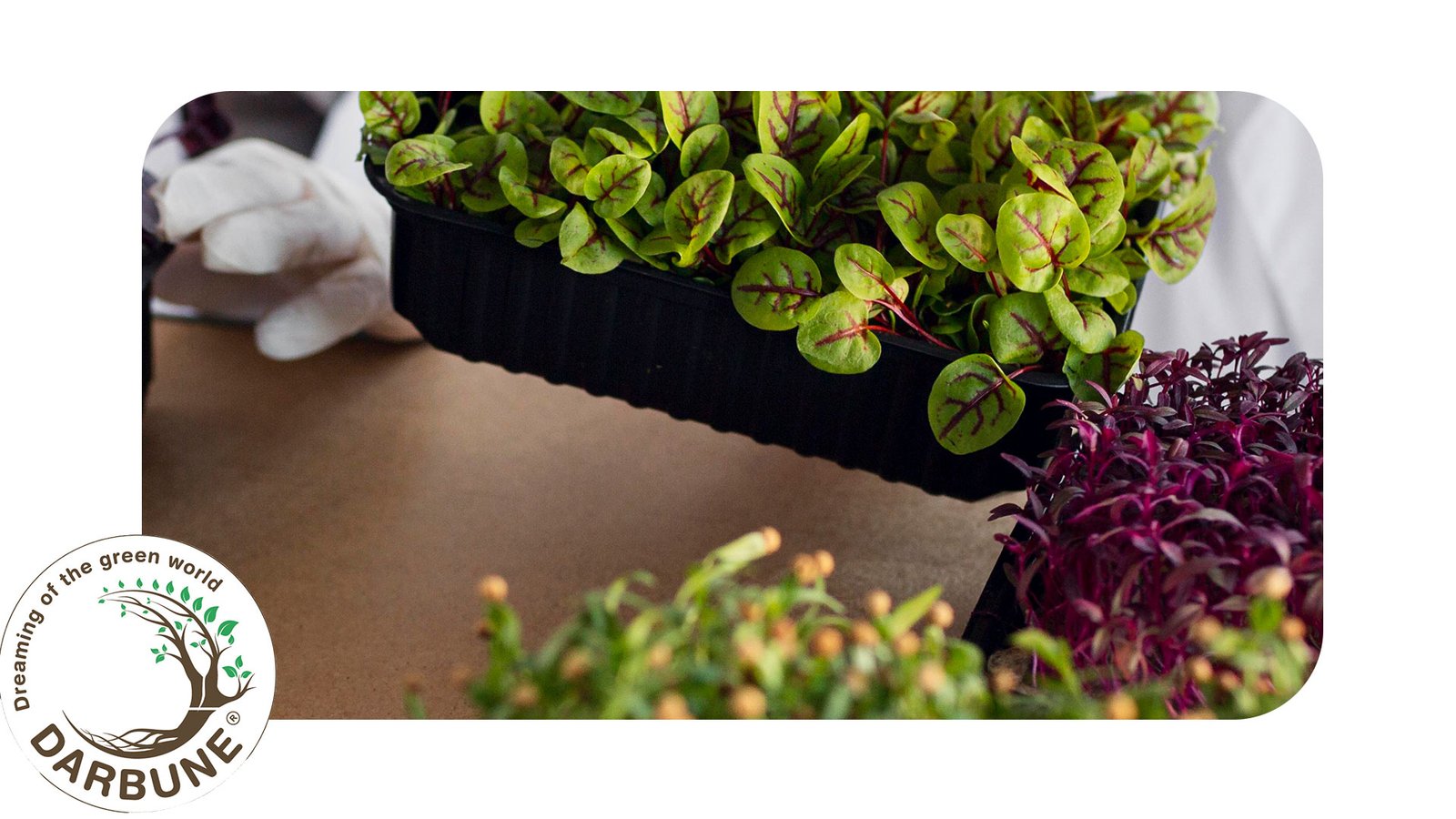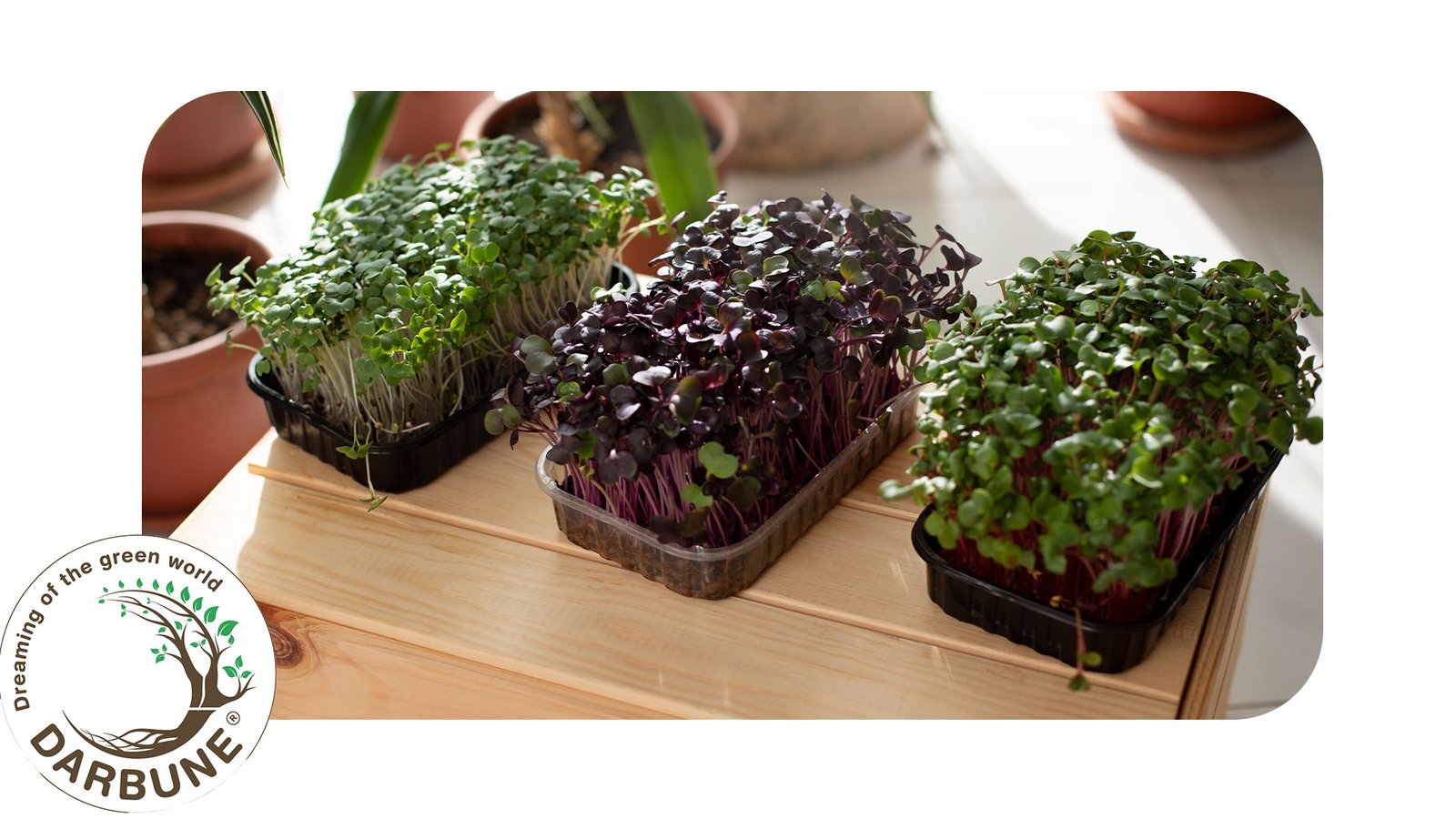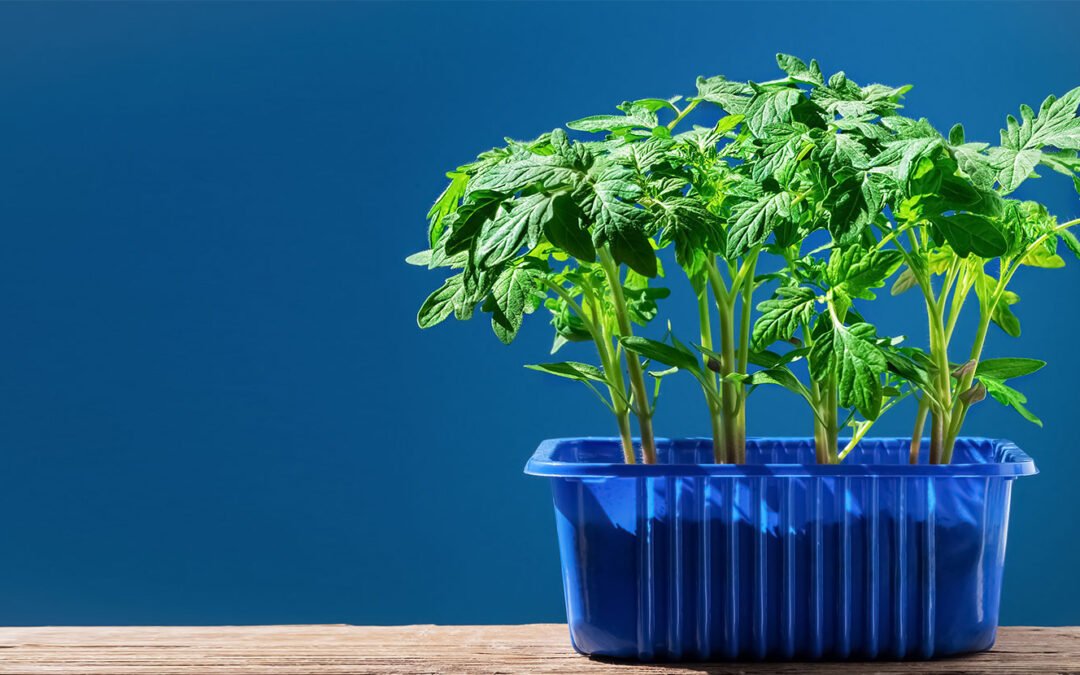Growing herbs indoors using hydroponic systems is an excellent way to enjoy fresh, flavorful herbs year-round without worrying about soil quality or outdoor conditions. Hydroponic gardening allows plants to grow faster, use water more efficiently, and thrive in controlled environments, making it an ideal solution for urban gardeners and those with limited space. This method is a key component of indoor farming, which enables sustainable agriculture in urban settings.
But with so many hydroponic systems available, how do you choose the best one for growing herbs indoors? In this guide, we will explore the top hydroponic systems, their benefits, and how to select the right one for your needs.

Best Hydroponic Systems for Growing Herbs Indoors
1. Deep Water Culture (DWC)
How It Works
Deep Water Culture (DWC) is a simple yet effective hydroponic system where plant roots are submerged in a nutrient-rich water solution, allowing direct nutrient absorption. An air pump supplies oxygen to prevent root rot and promote healthy growth.
Benefits
- Easy to Set Up & Maintain: Requires minimal equipment, making it beginner-friendly.
- Fast Growth: Plants receive a continuous supply of nutrients and oxygen.
- Water-Efficient: Uses significantly less water compared to traditional soil gardening.
Best Herbs to Grow
- Basil
- Mint
- Cilantro
- Parsley
2. Nutrient Film Technique (NFT)
How It Works
In the Nutrient Film Technique (NFT), a thin film of nutrient solution flows continuously over the plant roots inside a slightly sloped channel. This system provides constant access to water, nutrients, and oxygen without submerging the roots.
Benefits
- Efficient Nutrient Delivery: Ensures optimal absorption with minimal waste.
- Scalable: Suitable for both small and large setups.
- No Standing Water: Reduces the risk of root diseases.
Best Herbs to Grow
- Oregano
- Thyme
- Chives
- Dill
3. Ebb and Flow (Flood and Drain)

How It Works
This system periodically floods the grow tray with nutrient-rich water before draining it back into the reservoir. The cycle repeats at scheduled intervals, ensuring plants receive a balance of moisture and oxygen.
Benefits
- Versatile: Suitable for a variety of herbs and plant sizes.
- Customizable: Growers can adjust flood cycles to match plant needs.
- Improved Aeration: Encourages strong root development.
Best Herbs to Grow
- Rosemary
- Lavender
- Sage
- Lemon Balm
4. Aeroponics
How It Works
Aeroponics is a high-tech hydroponic system where plant roots are suspended in the air and misted with a nutrient solution. This method maximizes oxygen exposure, leading to rapid growth and high yields. AI in Hydroponic Farming is increasingly being used in aeroponics to monitor plant health, optimize nutrient delivery, and improve overall efficiency.
Benefits
- Maximum Oxygenation: Enhances nutrient uptake and speeds up growth.
- Water-Efficient: Uses up to 95% less water than traditional farming.
- High Yields: Plants grow faster and healthier.
Best Herbs to Grow
- Basil
- Cilantro
- Peppermint
- Tarragon
5. Kratky Method
How It Works
The Kratky method is a passive hydroponic system where plants are placed in a nutrient solution with no need for pumps or electricity. As the water level decreases, roots are naturally exposed to oxygen.
Benefits
- No Electricity Required: Perfect for off-grid or budget-friendly setups.
- Low Maintenance: Requires minimal intervention.
- Great for Beginners: Simple setup with little equipment needed.
Best Herbs to Grow
- Basil
- Parsley
- Chives
- Dill
How to Choose the Best Hydroponic System for Your Herbs

When selecting a hydroponic system, consider the following factors:
- Space Availability: Smaller systems like Kratky or NFT are ideal for limited spaces, especially in vertical farming setups.
- Budget: Passive systems (e.g., Kratky) are cost-effective, while aeroponics requires a higher investment.
- Herb Selection: Some herbs thrive better in specific systems.
- Maintenance Level: Choose a system that fits your time and effort availability.
Conclusion
Hydroponic gardening offers an innovative way to grow fresh herbs indoors with better efficiency, faster growth, and minimal water usage. Whether you’re a beginner or an advanced gardener, there’s a hydroponic system that suits your needs. From the simplicity of Kratky to the advanced aeroponic setup, each method provides unique benefits for herb cultivation. This approach allows you to grow organic vegetables in an urban apartment without soil, making fresh produce accessible to anyone, anywhere.
By understanding the different hydroponic systems, you can select the best one for your indoor herb garden and enjoy year-round fresh flavors in your cooking.
Frequently Asked Questions (FAQs)
1. What is the easiest hydroponic system for beginners?
The Kratky method and Deep Water Culture (DWC) are the easiest systems for beginners due to their simple setup and low maintenance requirements.
2. Can I grow multiple herbs in one hydroponic system?
Yes, but it’s important to group herbs with similar nutrient and light requirements. For example, basil and mint grow well together in DWC.
3. How often should I change the nutrient solution?
For most hydroponic systems, change the nutrient solution every two to three weeks to maintain optimal plant health.
4. Do hydroponic herbs taste different from soil-grown herbs?
Hydroponic herbs often have a more intense flavor due to consistent nutrient supply and optimal growing conditions.
5. What are common challenges when growing hydroponic herbs indoors?
Some challenges include Common Indoor Plant Pests, nutrient imbalances, and maintaining proper lighting conditions. Regular monitoring and using organic pest control methods can help mitigate these issues.
By following this guide, you can successfully set up and maintain an indoor hydroponic herb garden, ensuring fresh, flavorful herbs all year round.

